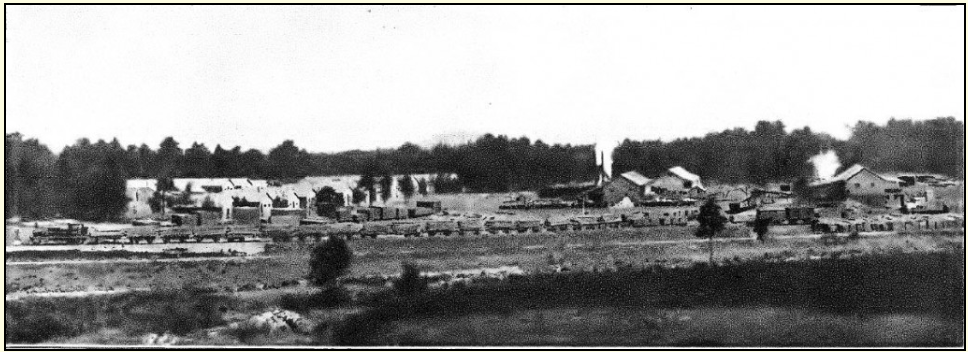
The car park lies part way along the road from Emery Down to Bolderwood and was the site of intensive timber operations during the First World War. A sawmill was operated by men from Canada and Portugal to provide timber for the war effort and a narrow gauge railway operated to transport it away. All that remains today are some concrete blocks and the fireplace of a long gone building, known now as The Portuguese Fireplace.
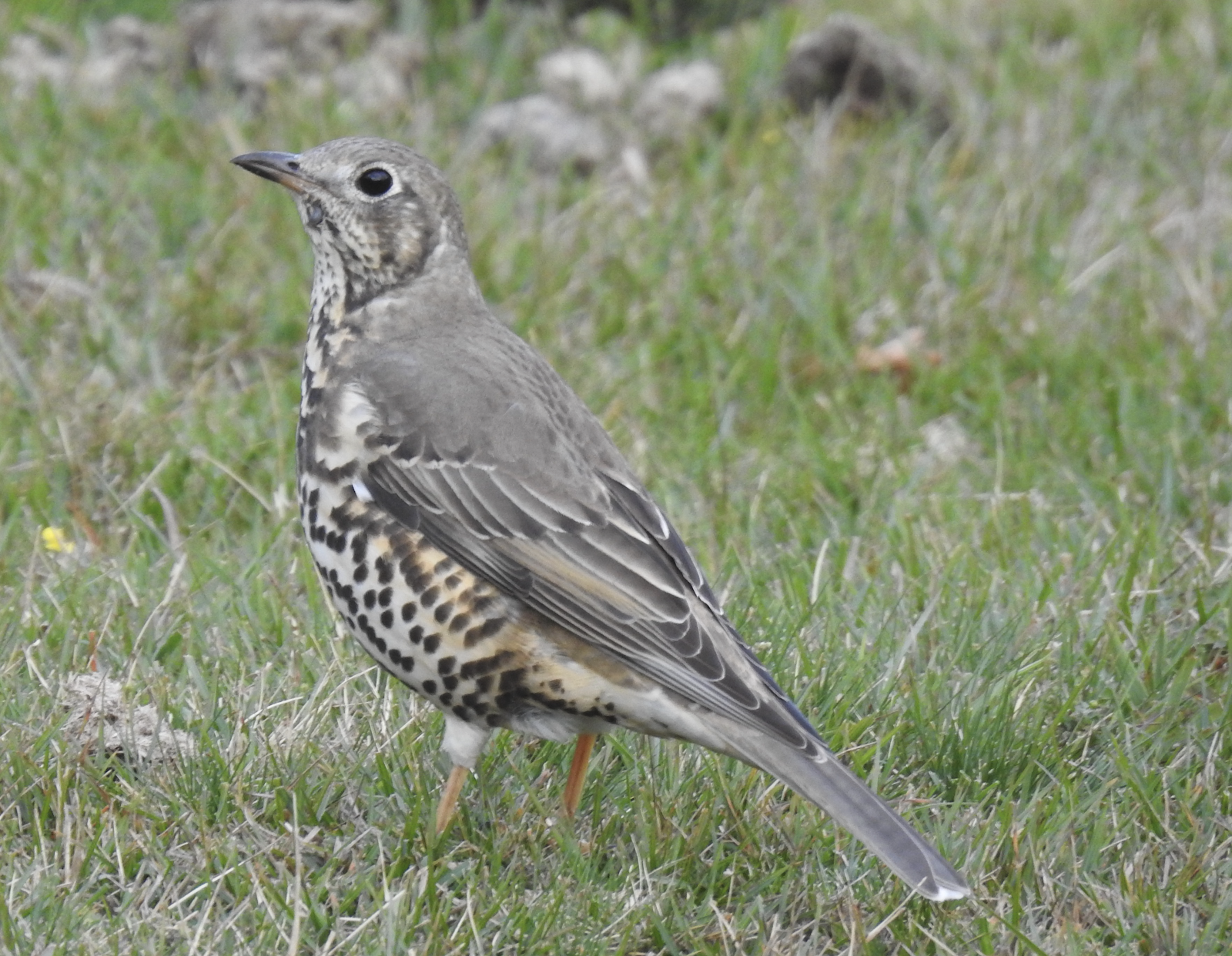 |
| Mistle Thrush |
We walked around the forest edge of this area with inquisitive ponies looking for an easy meal from passers by and found Coal Tit, Blue Tit and Chaffinch in the trees, a single Speckled Wood butterfly, a Mistle Thrush picking its way over the grass and heard the croaking of distant Ravens. 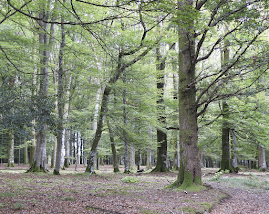 |
| Holidays Hill Inclosure |
On entering the Holidays Hill Inclosure we quickly turned off the cycle track along a path to the right into dense woodland where we came across a variety of fungi including Grey Spotted Amanita, Split Fibrecap, Southern Bracket, False Deathcap, Common Puffball and a Robin at every turn!
 |
| Grey Spotted Amanita |
 |
| Split Fibrecap |
We made our way through the wood, mostly with conifer on one side and deciduous on the other, skirting the edge of Wooson’s Hill Inclosure and made our way round the south side coming across a tiny clump of yolk yellow fungal fingers called Golden Spindle. More clumps of fungi on rotting stumps, Sulphur Tuft and Sheathed Woodtuft, and soon we found the first of the King’s Trees that we were looking for.
 |
King’s Trees Mark
|
These trees are marked with a slashed arrow to indicate that they were now earmarked for use in ship building for the King’s fleet in the 17th century and must not be cut down or pollarded by anyone else. We also found what we think are Witches Marks, made during a similar time to ward off evil spirits. Continuing around the Inclosure to Wooson’s Hill we found several more imposing King’s Trees, all Beech, among the Bracken and Bilberry.
Crossing the road, we took the path into Holmhill Inclosure where we found lovely specimens of Cauliflower Fungus and Golden Scalycap
 |
Cauliflower Fungus
|
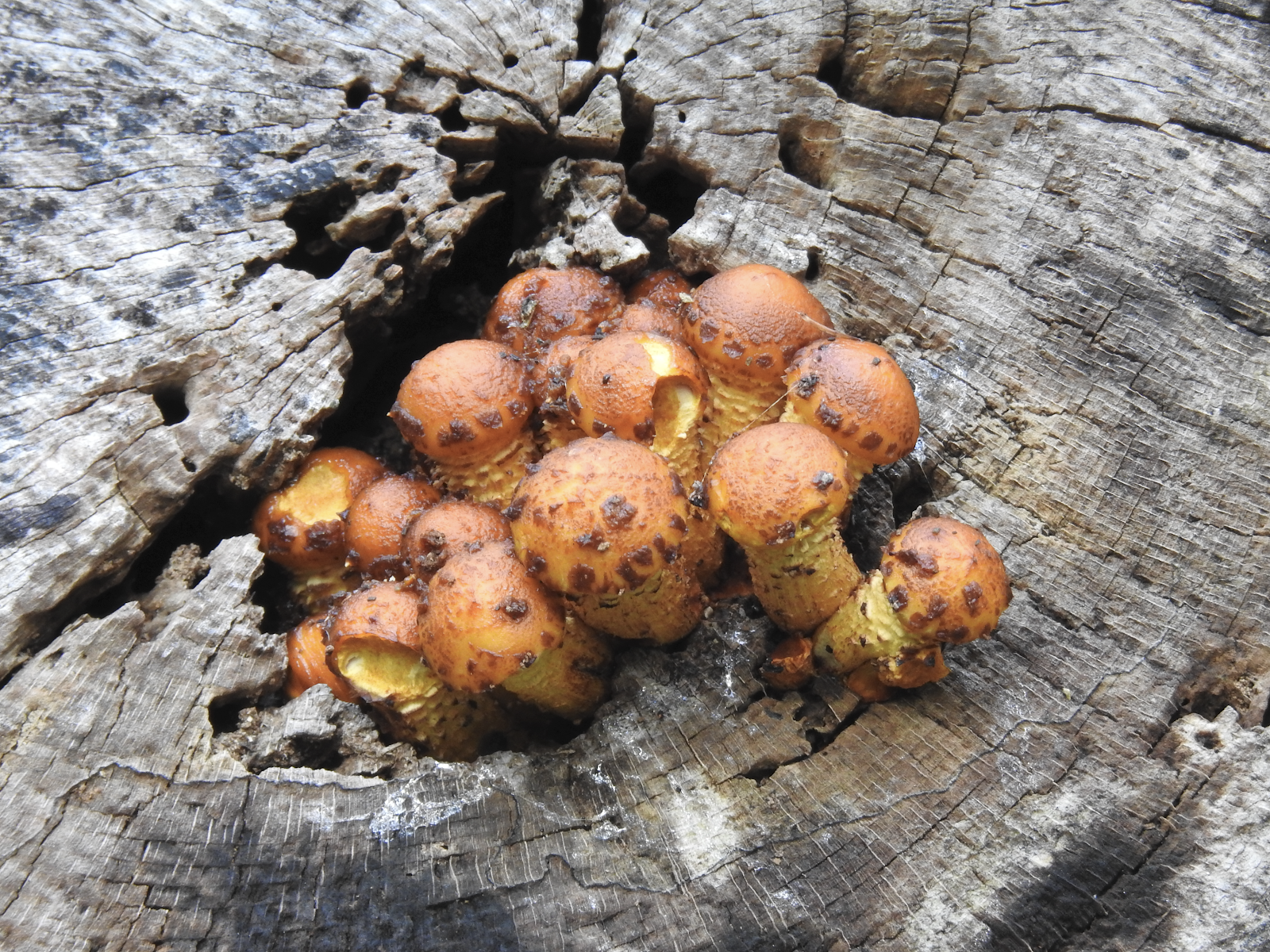 |
| Golden Scalycap |
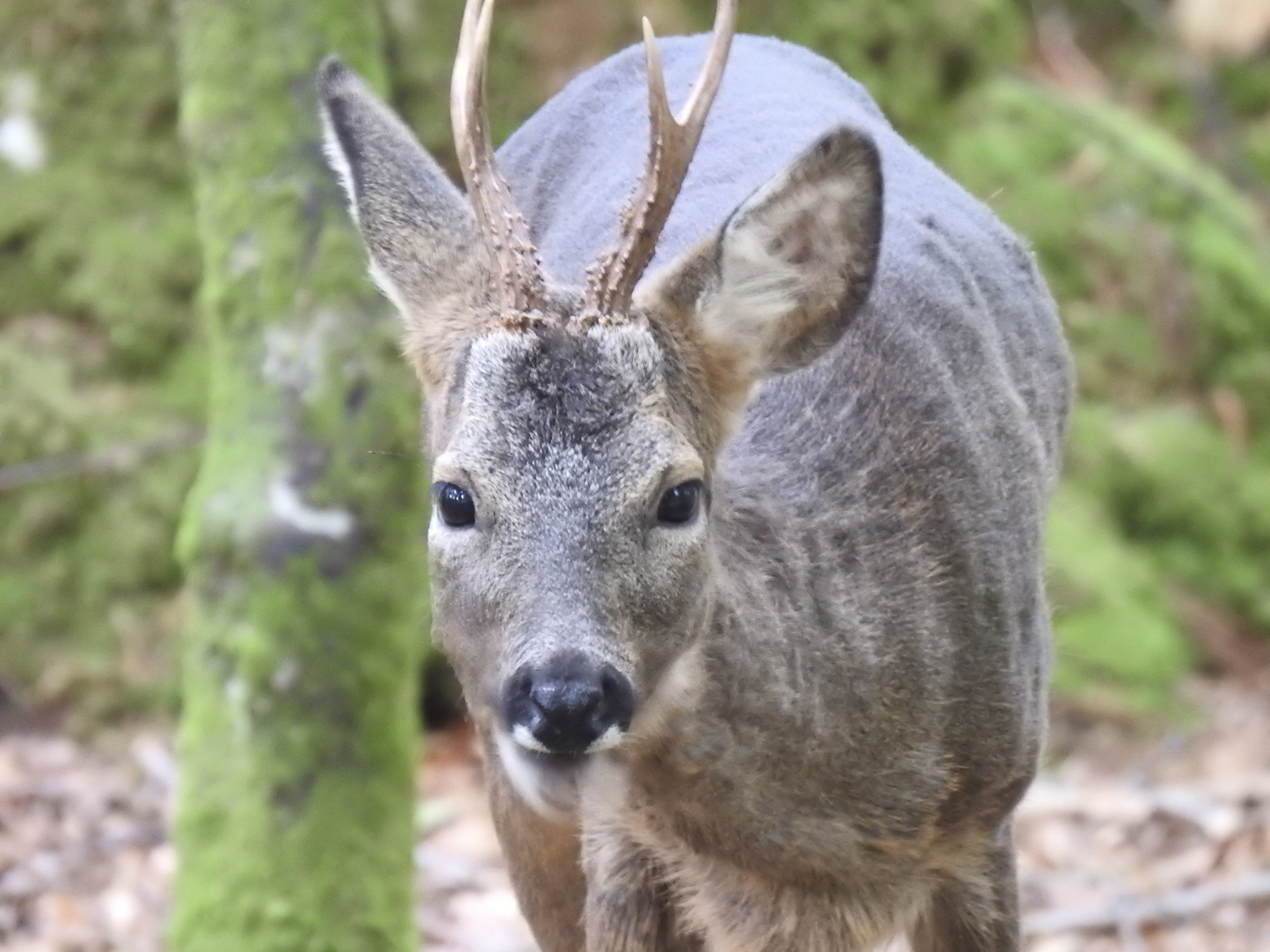 |
Roe deer
|
and then a single Roe deer very close by among the trees, seemingly totally unconcerned about our presence. It even decided to settle down on the carpet of autumn leaves before we went on our way.
A couple of Chiffchaff flitted in the sunshine among the Silver Birch as we passed on our way back to the car park. The walk which should have taken about two and a half hours to complete took three and a half on this occasion! In true Lymnats spirit, why rush when there’s so much to see?